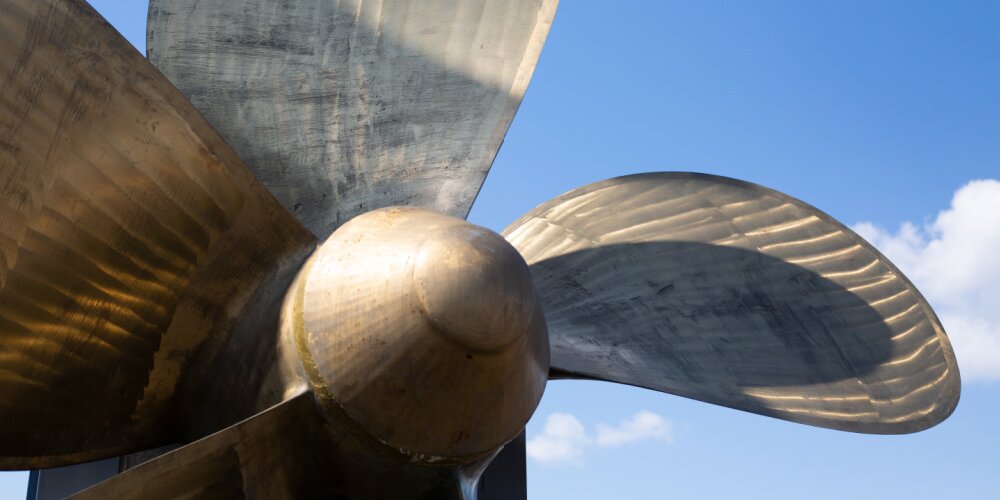Browse our services
Explore how Brookes Bell can help you
Find an expert
Meet our team, find and expert and connect
Contact us
Get in touch, we're here to help

Animals and people alike can come to harm if struck by a traditional propeller. However, such incidents could be a thing of the past if a novel new ‘liquid magnet’ propeller can be scaled and commercialised.
A team of scientists at the University of Electro-Communications in Japan, led by Jun Shitake, has created a prototype aquatic craft with a propeller made from ferrofluid.
As the name may indicate, ferrofluid refers to magnetic iron oxide nanoparticles suspended in oil.
As the subsequent study summarised, the team wanted to ‘exploit the active deformations of ferrofluid caused by internal magnetic fields, which generate reaction forces to the surrounding fluid (in this study, water)’.
In other words, the team wanted to propel their prototype aquatic craft through a fluid, using a fluid…
This certainly sounds counterintuitive, however, the team were able to achieve locomotion of their prototype craft. The craft, which had a length, width, and mass of 107 mm, 94 mm, and 127 g respectively, was able to achieve a forward speed of 2.7 mm/s (at a driving frequency of 9 Hz).
The craft was also able to achieve a rotational speed of 1.2º/s (at a driving frequency of 7 Hz). The measured thrust force of the robot was 2 mN.
Locomotion of the craft was achieved through a combination of two clusters of ferrofluid, two permanent magnets, two electromagnets, and a control unit with batteries. When the internal electromagnets were activated they generated magnetic fields which in turn caused rapid shape changes of the two ferrofluid clusters. The result being that the ferrofluid clusters ‘pushed’ the surrounding water, leading to locomotion.
In the study’s concluding remarks, the team outlined a number of limitations and areas for further study. These include:
Ultimately, however, the team determined that ‘fluid-fluid robots of diverse configurations and size scales could be designed for various applications’. Indeed, the team went on to suggest some potential applications including ‘inspection, delivery, and sampling in fluid environments, such as rivers, seas, and inside the human body. In these environments, the liquid nature of the robots assures the safety of the surrounding objects’.
Whilst it’s early days, and this is admittedly a small-scale study, it does strike a promising note for fluid-fluid propulsion…
Then speak to the Brookes Bell team today.
Our team of experienced naval architects is able to provide advice on a broad range of marine design issues, drawing upon their expertise in computational fluid dynamics (CFD), finite element analysis (FEA), vessel motion analysis, mooring analysis, cable/pipe dynamics, and more.
This offer is enhanced by the fact we are a multidisciplinary agency, able to draw upon the expertise of metallurgists, marine engineers, cargo scientists, fuel experts, and tribologists.
For more maritime industry insights, news and information, read the Brookes Bell News and Knowledge Hub…
Environmental Group Seeks New Measures to Tackle Underwater Noise | ABB Unveils Ship Propulsion Concept Which Promises to Drastically Increase Ship Efficiency | Innovative Graphene-Based Propeller to Be Used by Stolt Tankers